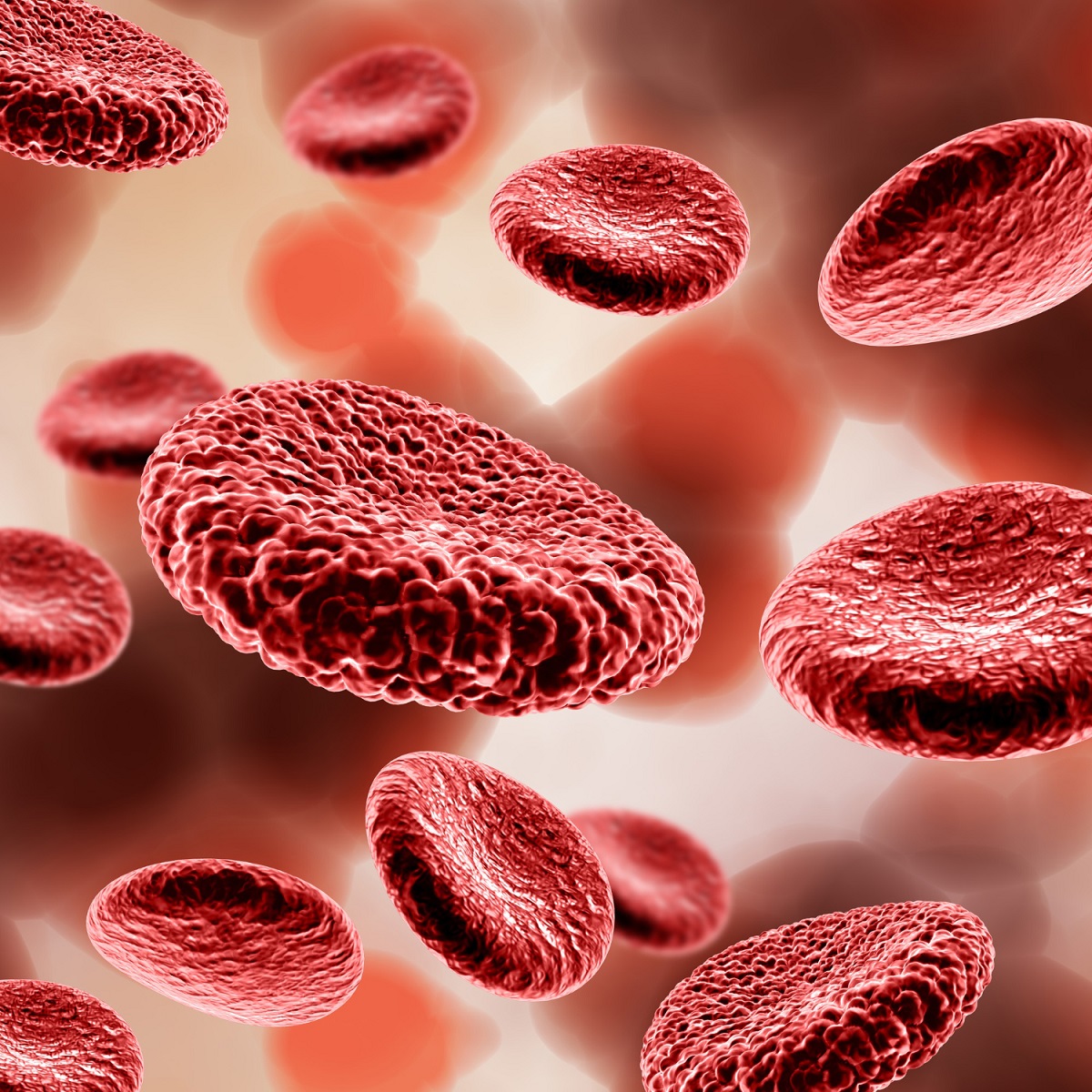KEY TAKEAWAYS
- The CHIVA phase 2 trial aimed to identify predictive factors for successful IDS in patients with advanced epithelial ovarian cancer undergoing NACT.
- The results revealed CA-125 KELIM as the sole predictor of IDS success after NACT across international datasets.
In over 50% of cases, patients with advanced epithelial ovarian cancer receive neoadjuvant chemotherapy (NACT) to facilitate complete interval debulking surgery (IDS). Identifying predictive factors for IDS success is imperative.
Claudia Marchetti and the team aimed to identify crucial factors predicting successful IDS after NACT in over 50% of advanced epithelial ovarian cancer cases.
The French GINECO and Gemelli (Italy) groups independently analyzed 2 datasets. The French dataset comprised 133 patients from the CHIVA (C) randomized phase II trial (NCT01583322). Meanwhile, the Italian dataset included 357 patients from the Policlinico GEMELLI (G) real-life registry (ID5936–ProtN45).
Univariate and multivariate logistic regression models were employed to assess clinical and biological covariates associated with low peritoneal carcinomatosis index (PCI) after 3/4 NACT cycles (Sugarbaker PCI ≤ 10 or Fagotti score at IDS ≤ 2), IDS with no macroscopic residual lesion (CC0), and complete or near-complete pathological response according to chemotherapy response score (CRS3).
Evaluated predictor factors included the modeled CA-125 longitudinal kinetics parameter KELIM, considered as a continuous value (KCont) or as Favorable (≥ 1; FavK) versus Unfavorable (<1; UnFavK); best radiological response according to RECIST 1.1; and BRCA mutation/homologous recombination deficiency (HRD) status (C: Shallow HRD; G: Myriad&AmoyDx).
In both datasets, higher KELIM emerged as the sole consistent predictor, indicating lower PCI after NACT: OR for KCont were (C) 4.08 [1.78-10.10] and (G) 4.44 [2.09-9.40], and for FavK versus UnFavK were (C) 4.19 [1.76-10.71] and (G) 2.92 [1.58-.39].
Additionally, higher KELIM correlated with increased rates of complete IDS-CC0: O.R. for KCont were (C) 7.29 [3.38-17.13] and (G) 4.66 [1.89-11.48], and for FavK versus UnFavK were (C) 4.24 [2.07-8.99] and (G) 3.66 [1.67-8.01].
Moreover, higher KELIM predicted a higher probability of CRS3: O.R. for KCont were (C) 12.43 [3.75-55.5] and (G) 2.97 [1.82-4.84], and for FavK versus UnFavK were (C) 21.44 [4.15-394.01] and (G) 2.36 [1.51-3.70]. However, the best radiological response inconsistently achieved significance. The BRCA/HRD status did not predicted IDS success.
The study concluded that CA-125 KELIM, evaluating the primary tumor’s chemosensitivity, consistently predicted IDS success after NACT across two international datasets.
The trial is sponsored by the ARCAGY/ GINECO GROUP.
Source: https://cslide.ctimeetingtech.com/gynae24hybrid/attendee/confcal/show/session/4
Clinical Trial: https://clinicaltrials.gov/study/NCT01583322
Marchetti C, Colomban O, Fagotti A, et al. (2024). “What are the predictors of the success of interval debulking surgery (CC0-IDS) in patients with advanced ovarian cancers? Consistent data from two large independent datasets.” Presented at ESMO GC 2024. (46MO)



